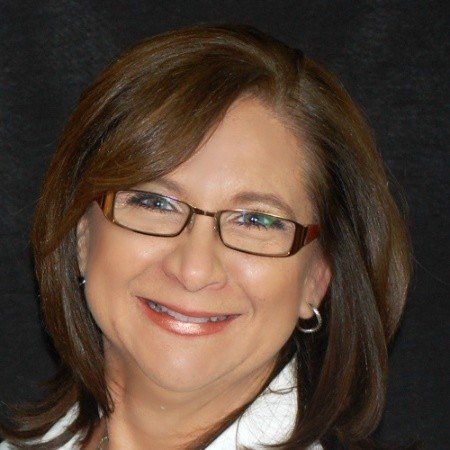Reverse Mortgage Solutions
For every problem there’s a solution. Sometimes more than one.
It seems like there is an ebb and flow in the types of mortgage products clients choose. Over the last few years I have definitely been fielding more inquiries about reverse mortgages.
Although they are becoming more widely accepted, reverse mortgages had a lot of bad publicity. The negative press I’ve seen relates to the American housing market where predatory lenders were taking advantage of vulnerable seniors.
Reverse mortgages in Canada are highly regulated so that this does not happen.
For some clients it takes a while for them to wrap their heads around reverse mortgages as an (or the best) option for them. Particularly in the Okanagan we see many clients who are house-rich but cash poor. Or at least have limited income to cover their day-to-day living expenses.
Sometimes even when the clients recognize that a reverse mortgage is the right plan for them their families or children have objections.
When I am working with clients and we are looking at a reverse mortgage as an option I always invite them to include their families / children to our conversations. Often clients are too embarrassed to share with their children exactly how dire their finances are.
Sometimes clients can’t get past the stigma of refinancing via a reverse mortgage because all their lives they have worked hard to make sure their mortgage is paid off.
Cliché as it sounds, times have changed. The cost of living has risen far quicker than increases to pension income.
A friend of mine shared a conversation he had with reverse mortgage clients and their children. The children were vocally opposed to their parents moving forward with a reverse mortgage.
Paraphrasing a bit but it went like this:
“The way I see it” he said “after completing a thorough review of your parents’ finances, we have three options.
Downsizing isn’t an option as they are already in a condo.
Number one, they carry on with the current mortgage that they can’t afford. Their expenses come to about $2,000 per month so you can each transfer them $1,000 per month to help cover their payments.
Number two, your parents can sell and move in with one or the other of you.
Third, we take a closer look at a reverse mortgage to see if that helps them stay in their home without any financial help from you.”
Apparently there was a very long pause.
After a more thorough conversation about the pros and cons of a reverse mortgage and answering more questions the family did indeed feel a reverse mortgage was the best option for their parents.
If you (or your parents) are thinking about a reverse mortgage make sure you take your time and ask all the questions you need to so you are confident moving forward.
I have seen reverse mortgages have a profound impact on quality of life for many of my clients. I did not used to be a huge fan of reverse mortgages but have to say I am using them more often to help clients enjoy their retirement years without losing sleep trying to figure out how to cover their expenses.






